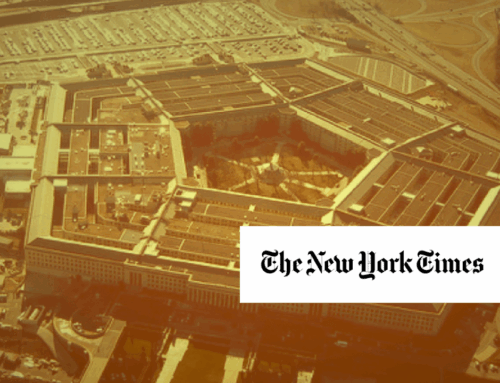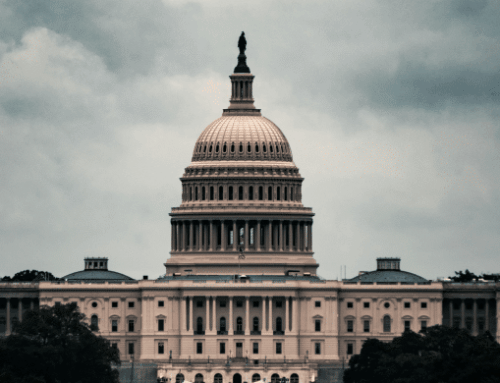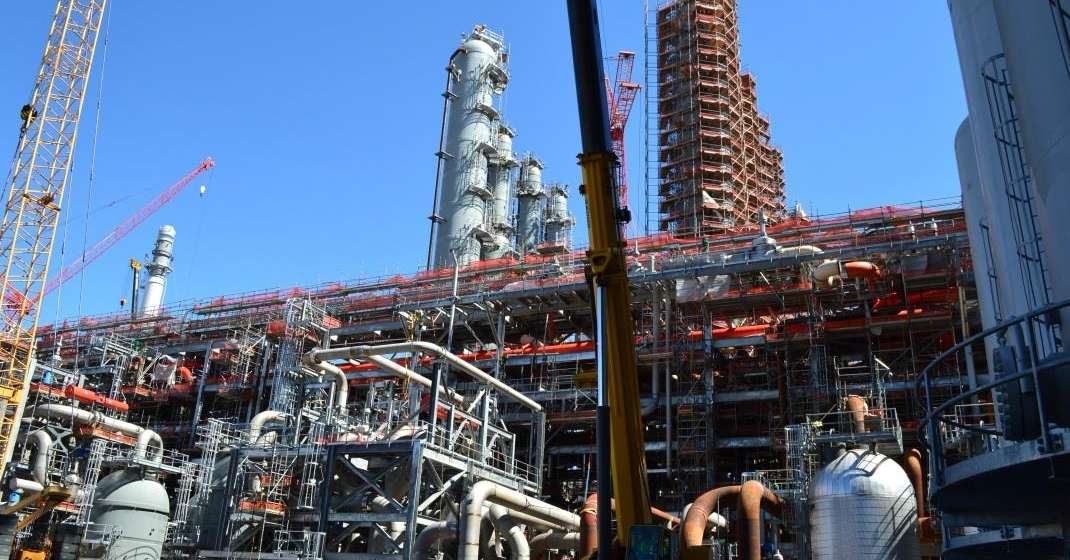It’s not yet clear exactly how much the Pentagon’s fancy new F-35 combat jet will cost or when any of these stealth fighters will become operational. But the F-35 already shows great promise in the tough competition to become the most expensive weapons program ever undertaken.
Because of the jet’s projected eye-popping price tag of up to $344.8 million each, we at Taxpayers for Common Sense have always kept an eye on the F-35. And we were appalled by a request from the Pentagon in early September to shift funds from the so-called Overseas Contingency Operations fund to accelerate the purchase of eight of these planes.
The contingency fund supplements the official military budget to cover direct warfighting costs. But since the F-35s aren’t operational yet, there’s no way for them to do any warfighting. Fortunately, the House Appropriations Committee nixed that particular budgetary sleight of hand.
Days later, the Government Accountability Office (GAO) weighed in on the F-35, casting yet more doubt on its affordability. Following years of developing this fighter jet, the Pentagon “has not fully addressed several key risks to long-term affordability and operational readiness,” the GAO observed.
In other words, between the considerable resources of the Pentagon and GAO, the U.S. government still can’t definitively say what the plane will cost or when it will fly in combat.
The GAO last estimated the entire F-35 program’s cost in March 2012. At that time, the estimate for the cost of developing and buying the plane and for improving military airfields where they will be based was $395.7 billion.
And it’s probably safe to bet that number has gone up in the last two and a half years. It’s not like Pentagon cost estimates ever go down. Besides, this estimate doesn’t include the cost of maintaining F-35s, and therefore leaves out a lot of what the government deems to be “sustainment ” or “life cycle” costs.
The new GAO report points to two current estimates of these long-term expenditures. One comes from the F-35 Joint Program Office. It’s — get ready — a mere $916 billion. The other estimate hails from the Pentagon’s office of Cost Assessment and Program Evaluation (CAPE) and clocks in on the other side of the trillion-dollar mark at $1.02 trillion.
Here’s the bottom line: Developing, buying, basing, and maintaining the F-35 is currently estimated to cost close to one and a half trillion dollars.
That does sound like a lot of money, right? But the GAO says both estimates could actually be too low and that it could cost more than a trillion dollars just to keep this airplane in the air.
I’d like to put that number in perspective: Spending $1.5 trillion to purchase the jets and keep them combat-ready for many years is several hundred billion dollars more than the entire federal discretionary budget for one year. It’s also triple the Pentagon’s entire annual budget.
Congress was a little late in asking the GAO to assess the real costs of keeping the F-35 Joint Strike Fighter flying. But it’s still not too late to curtail this massive program.
The Pentagon has other options, as my organization explains in our own report. I hope Congress keeps a microscope on this massive weapon system. A trillion and a half dollars is too much to squander like this.










